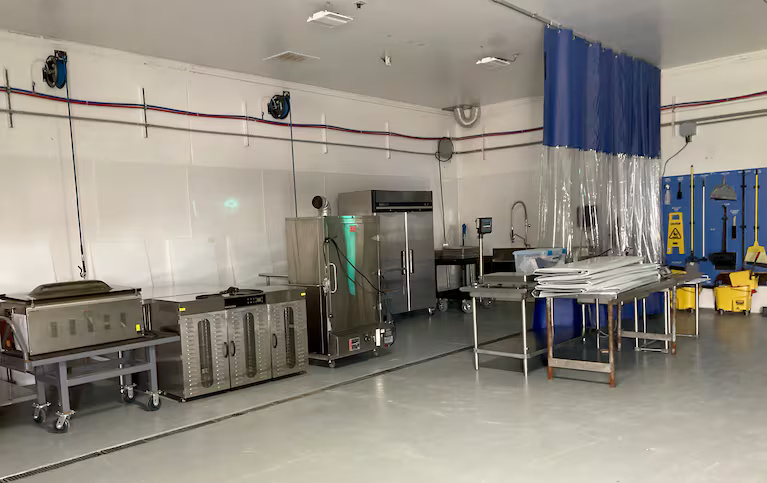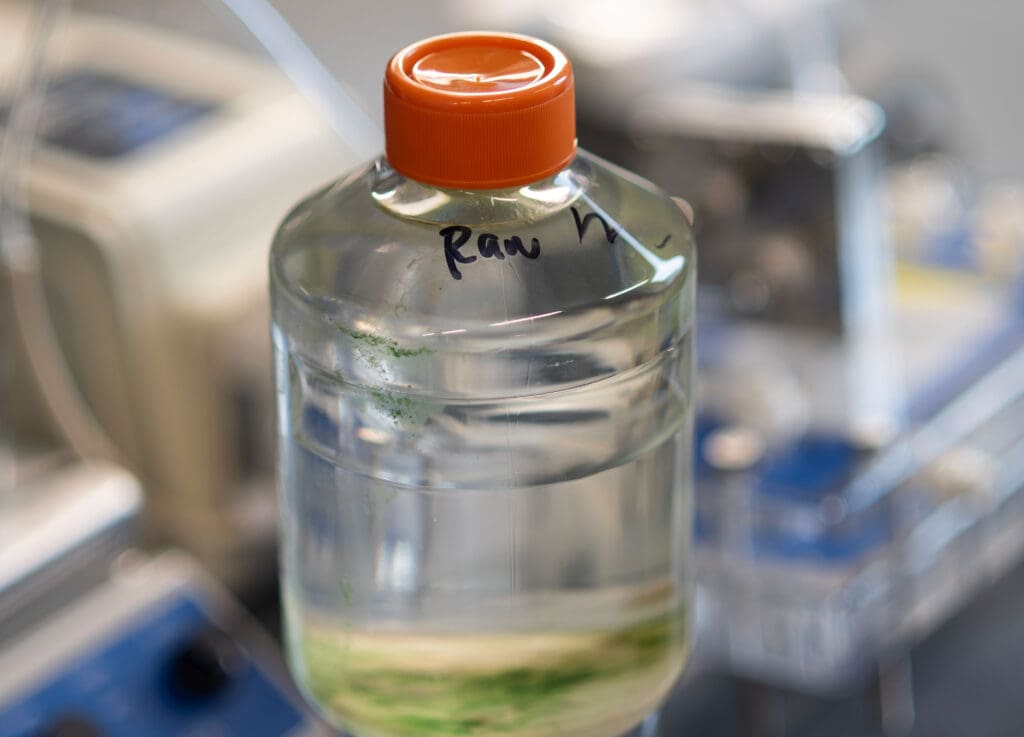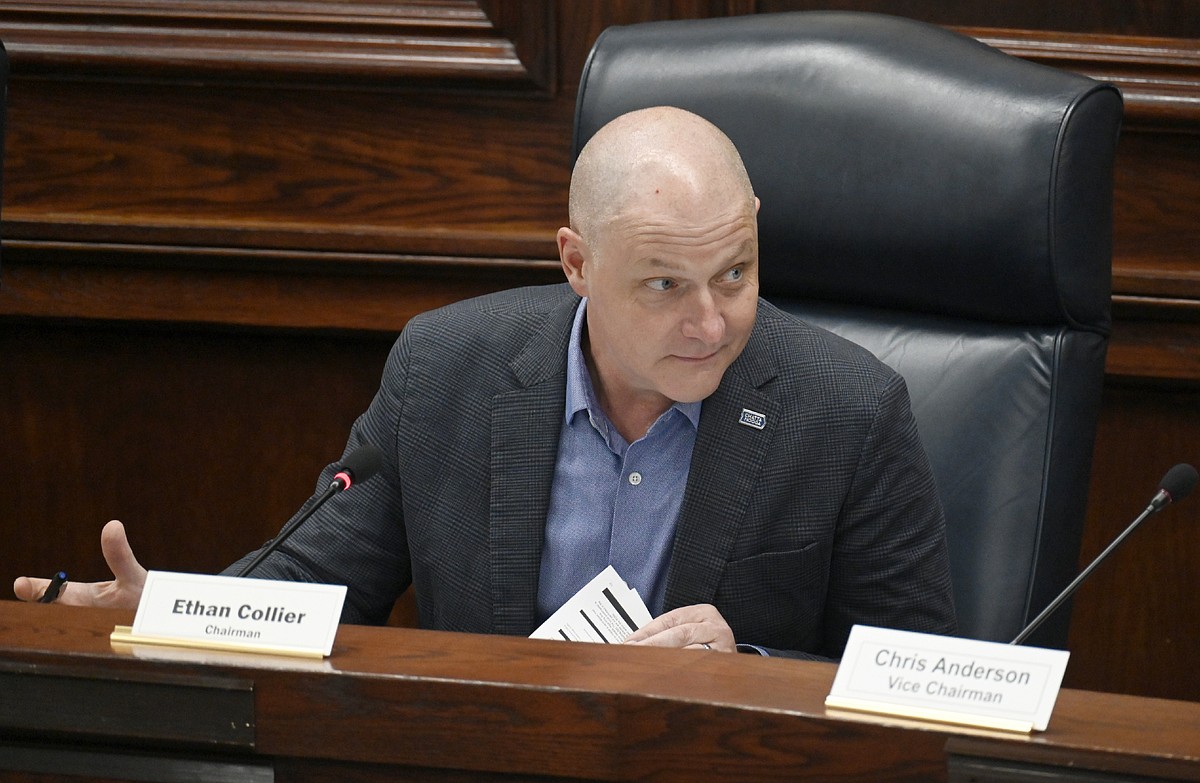Oregon Congressional lawmakers react to Salem water emergency – Oregon Public Broadcasting – OPB

Report on the Mid-Willamette Valley Water Emergency and its Intersection with Sustainable Development Goals
1.0 Executive Summary
The City of Salem, Oregon, faces a significant water security challenge, prompting an emergency declaration by the City Council. A planned drawdown of the Detroit Lake Reservoir by the U.S. Army Corps of Engineers threatens the primary water supply for approximately 200,000 residents. This situation highlights a critical conflict between multiple United Nations Sustainable Development Goals (SDGs), primarily pitting the need for clean water and sanitation against the protection of aquatic ecosystems. Addressing this challenge requires substantial infrastructure investment, multi-level government collaboration, and strategic resource management to ensure community resilience and sustainability.
2.0 The Core Conflict: Balancing Human and Environmental Needs
The impending water shortage stems from a federal mandate to improve environmental conditions, creating a direct tension between key SDGs.
- SDG 6 (Clean Water and Sanitation): The primary concern is the potential disruption to a safe and reliable drinking water supply for the Salem metropolitan area. The drawdown compromises the North Santiam River, the city’s main water source, directly impacting the community’s access to this essential resource.
- SDG 14 (Life Below Water) & SDG 15 (Life on Land): The reservoir drawdown is specifically intended to improve downstream passage for endangered salmon species. This action aligns with the goals of conserving aquatic ecosystems and protecting biodiversity.
Federal officials, including Senator Ron Wyden, have acknowledged the need to strike a balance between these competing priorities, emphasizing that while protecting endangered species is important, ensuring safe drinking water for citizens must be the top priority.
3.0 Infrastructure and Financial Response for Sustainable Communities
To mitigate the crisis and build long-term resilience, the city must undertake significant infrastructure projects, directly engaging with SDG 9 (Industry, Innovation, and Infrastructure) and SDG 11 (Sustainable Cities and Communities).
3.1 Required Upgrades and Costs
Officials estimate an $8 million investment is necessary to prepare the city’s water system. Key projects include:
- Developing alternative drinking water sources, such as new groundwater wells.
- Constructing an additional pump at the emergency water supply station in Keizer.
- Making critical improvements at the water treatment facility to handle increased sediment from the drawdown.
3.2 Funding and Economic Impact
The financial strategy involves reallocating funds within the city’s five-year Capital Improvements Plan (CIP). While this allows the city to proceed without immediate external funding, it necessitates delaying other planned infrastructure projects. Public Works officials have indicated that this emergency expenditure could potentially lead to increased utility rates for consumers in the future.
4.0 Proposed Solutions and Remaining Water Security Gaps
While Salem has several alternative water sources, they are insufficient to meet the city’s needs, underscoring the urgency of achieving SDG 6 targets.
- Existing Alternatives: The city can utilize its emergency supply connection with the City of Keizer, groundwater wells on Geren Island, and an Aquifer Storage and Recovery system.
- Significant Shortfall: Combined, these sources cannot meet the daily demand of 24-25 million gallons, leaving a substantial gap that necessitates the development of new, reliable water sources to ensure water security for residents and for critical services like firefighting.
5.0 Multi-Stakeholder Collaboration and Governance
The crisis has mobilized a multi-level governmental response, exemplifying the importance of SDG 17 (Partnerships for the Goals). Local, federal, and agency stakeholders are actively engaged in finding a viable path forward.
- Local Action: The Salem City Council’s unanimous emergency declaration is a critical step to expedite infrastructure improvements.
- Federal Oversight: The offices of Senator Ron Wyden and Senator Jeff Merkley are actively monitoring the situation, engaging with the U.S. Army Corps of Engineers, and exploring federal solutions to help the community address infrastructure needs arising from the Corps’ actions.
- Agency Responsibility: Congress has directed the Corps of Engineers to study how to mitigate downstream impacts of its dam operations, which may include providing engineering and financial assistance to affected municipalities like Salem.
SDGs Addressed in the Article
- SDG 6: Clean Water and Sanitation
- SDG 9: Industry, Innovation, and Infrastructure
- SDG 11: Sustainable Cities and Communities
- SDG 15: Life on Land
Specific SDG Targets Identified
SDG 6: Clean Water and Sanitation
- Target 6.1: By 2030, achieve universal and equitable access to safe and affordable drinking water for all. The article focuses on a “water emergency” and a “potential drinking water shortfall” that could affect 200,000 residents. The entire effort described, from the emergency declaration to infrastructure upgrades, is aimed at ensuring a continuous supply of “safe and clean drinking water.”
- Target 6.4: By 2030, substantially increase water-use efficiency across all sectors and ensure sustainable withdrawals and supply of freshwater to address water scarcity. The article highlights a potential shortage where the city’s daily demand of “24 to 25 million gallons” may not be met. The city is forced to develop “alternative drinking water sources” and improve its system to manage the limited supply from the Detroit Lake Reservoir, directly addressing water scarcity.
- Target 6.5: By 2030, implement integrated water resources management at all levels. The situation involves coordination between the Salem City Council, the U.S. Army Corps of Engineers, and Congressional leaders (“Sen. Ron Wyden,” “Sen. Jeff Merkley”). They are working to “strike a balance that recognizes the importance of protecting endangered salmon, but that puts the top priority on safe and clean drinking water,” which is a clear example of integrated management of competing water resource needs.
SDG 9: Industry, Innovation, and Infrastructure
- Target 9.1: Develop quality, reliable, sustainable and resilient infrastructure… to support economic development and human well-being. The article details “two major infrastructure challenges” for Salem: developing alternative water sources and upgrading the treatment facility. The city plans to spend “$8 million” on improvements like “building new groundwater wells” and an “additional pump” to make its water system more resilient to the reservoir drawdown.
SDG 11: Sustainable Cities and Communities
- Target 11.5: By 2030, significantly reduce the number of people affected… by disasters, including water-related disasters. The “water emergency” and “potential shortage” is a water-related disaster risk. The city’s “emergency declaration” and proactive infrastructure upgrades are measures to mitigate this disaster and protect the “200,000 residents across Salem and its surrounding areas” who would be affected.
SDG 15: Life on Land
- Target 15.5: Take urgent and significant action to reduce the degradation of natural habitats, halt the loss of biodiversity and… protect and prevent the extinction of threatened species. The article states that the reservoir drawdown, which is causing the water supply issue, is a measure “being done to improve downstream passages for endangered salmon.” This action directly relates to protecting a threatened species and its habitat.
Indicators for Measuring Progress
Indicators for SDG 6 Targets
- For Target 6.1: The article implies the use of an indicator like the “Proportion of population using safely managed drinking water services.” The goal is to maintain this service for the “200,000 residents” who are at risk of a shortfall.
- For Target 6.4: The article provides data points that relate to the indicator “Level of water stress.” It mentions the daily demand (“24 to 25 million gallons”) versus the limited supply from various sources, highlighting the gap and the stress on the water system.
Indicators for SDG 9 Targets
- For Target 9.1: The article mentions a direct financial indicator: the “$8 million” estimated cost to “prepare and upgrade the city’s water system.” This investment in infrastructure is a measurable input. The existence of the “Capital Improvements Plan (CIP)” is also an indicator of strategic planning for resilient infrastructure.
Indicators for SDG 11 Targets
- For Target 11.5: The article provides a key metric for the indicator “Number of directly affected persons attributed to disasters.” The number of people at risk is stated as “About 200,000 residents.” The success of the city’s mitigation efforts would be measured by ensuring this number remains at zero.
Indicators for SDG 15 Targets
- For Target 15.5: The article implies an indicator related to the “Red List Index.” The entire reason for the drawdown is to help “endangered salmon.” The status of this species (whether its population recovers or its endangered status changes) would be the ultimate indicator of the success of this environmental action.
SDGs, Targets, and Indicators Analysis
| SDGs | Targets | Indicators |
|---|---|---|
| SDG 6: Clean Water and Sanitation | 6.1: Achieve universal and equitable access to safe and affordable drinking water for all. | Proportion of the 200,000 residents with continued access to safely managed drinking water. |
| 6.4: Substantially increase water-use efficiency and ensure sustainable withdrawals to address water scarcity. | Level of water stress, measured by the gap between daily demand (24-25 million gallons) and available supply. | |
| SDG 9: Industry, Innovation, and Infrastructure | 9.1: Develop quality, reliable, sustainable and resilient infrastructure. | Investment in infrastructure ($8 million) and the implementation of the Capital Improvements Plan (CIP). |
| SDG 11: Sustainable Cities and Communities | 11.5: Significantly reduce the number of people affected by water-related disasters. | Number of people affected by the water shortage (potential of 200,000 residents). |
| SDG 15: Life on Land | 15.5: Take urgent action to halt the loss of biodiversity and protect threatened species. | Status of the “endangered salmon” population as a result of improved downstream passages. |
Source: opb.org

What is Your Reaction?
 Like
0
Like
0
 Dislike
0
Dislike
0
 Love
0
Love
0
 Funny
0
Funny
0
 Angry
0
Angry
0
 Sad
0
Sad
0
 Wow
0
Wow
0



























;Resize=805#)



















































